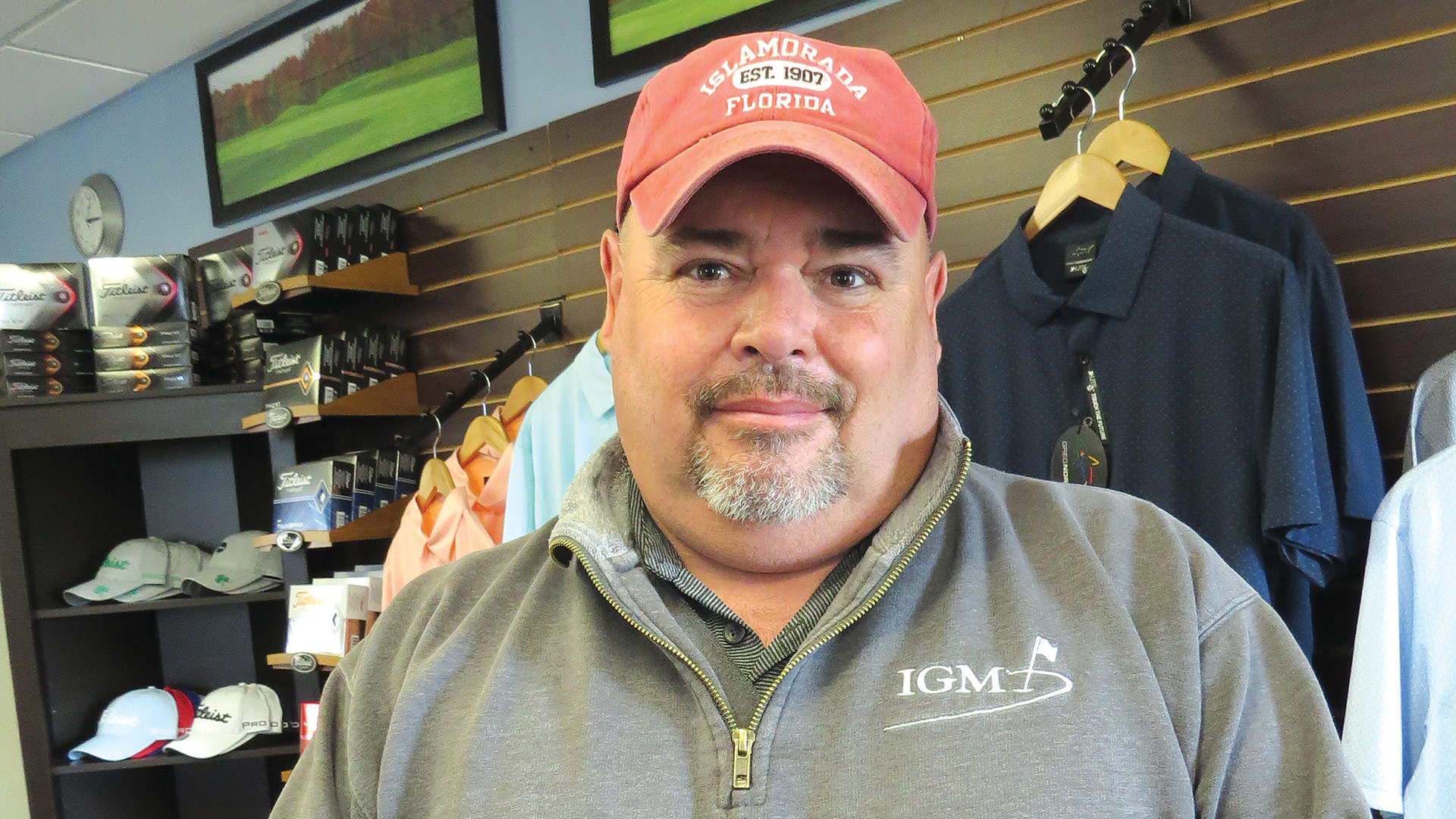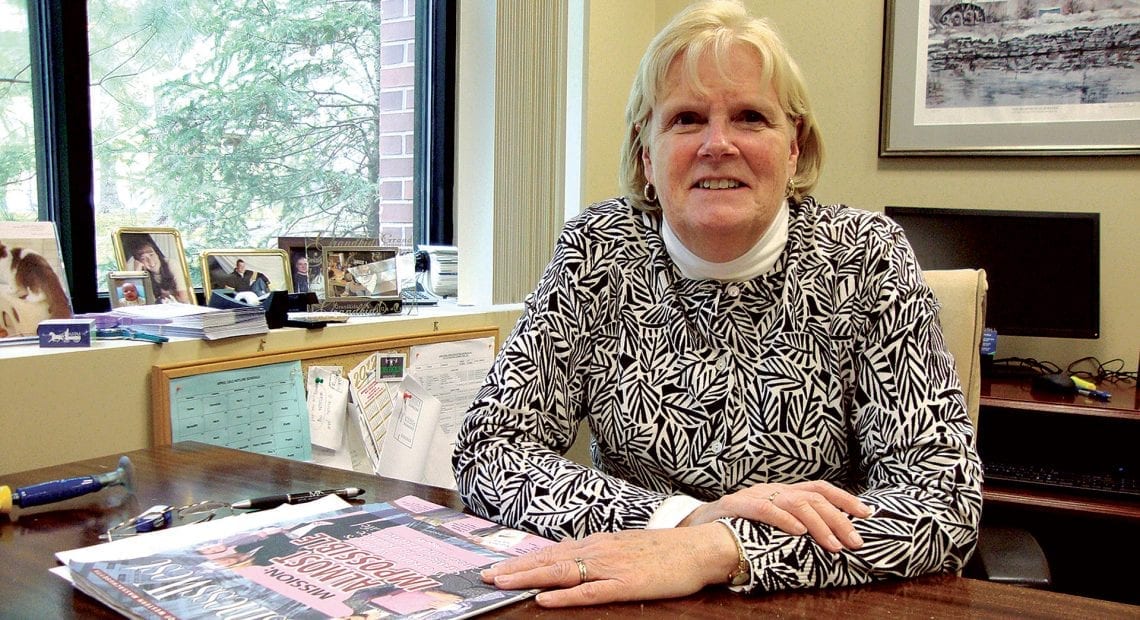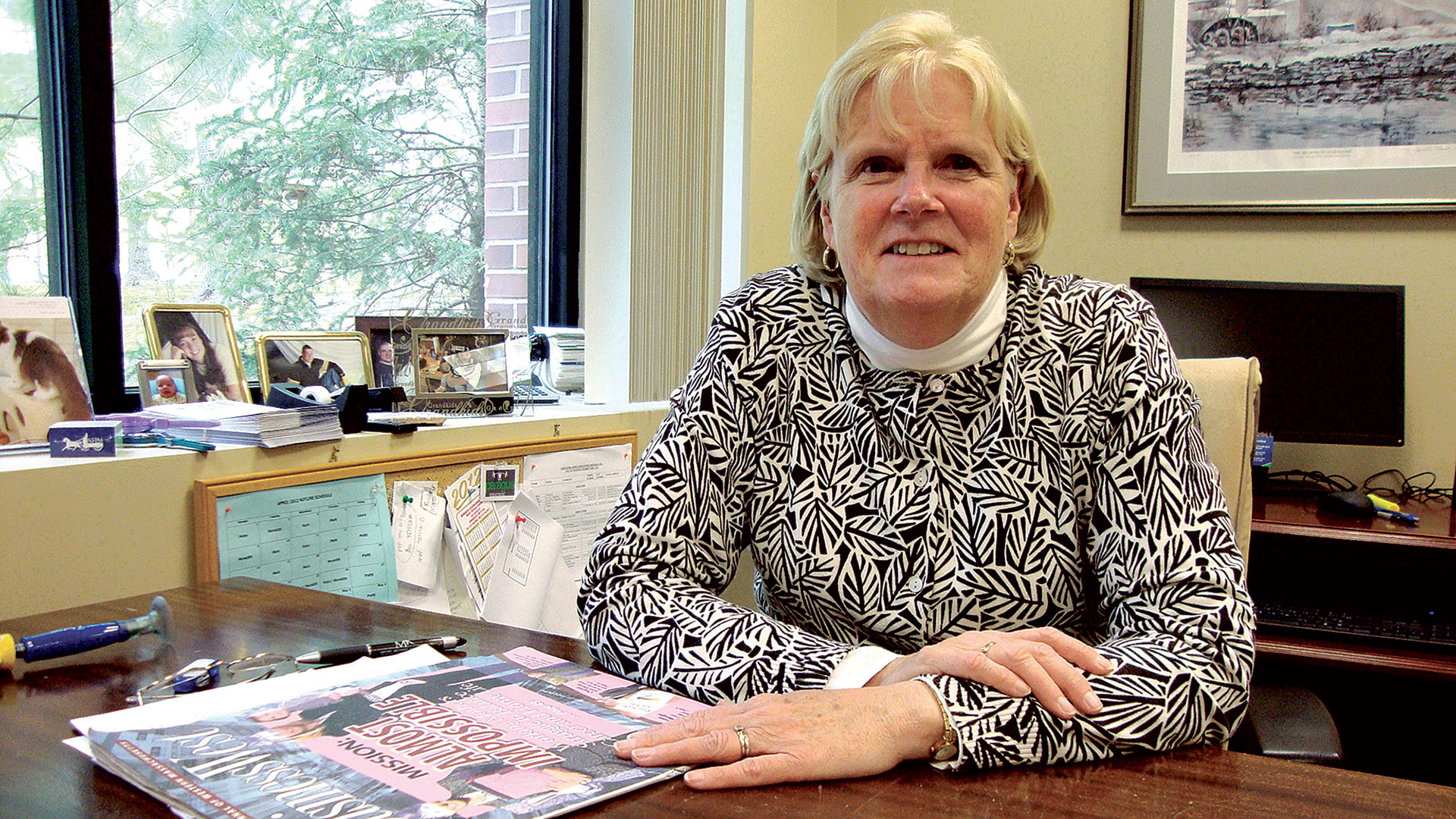Reasons for Optimism — and Concern
Chris Geehern says there’s been a slight but significant uptick in the Business Confidence Index issued each month by Associated Industries of Massachusetts (AIM).
That increase is one of the many reasons why he and others are … wait for it … cautiously optimistic as the calendar turns to 2023. That phrase has been put to heavy use in recent years and recent months, especially with so much uncertainty regarding the economy due to forces ranging from COVID to inflation to an ongoing workforce crisis.
“If the workforce grows 1.5% and the number of jobs grows by 21% or 22%, as they’re projecting, we have a problem — a big problem.”
Chris Geehern
But as the state and region put 2022 in the rear view and focus on a year with even more uncertainty, there are some reasons for optimism, said Geehern, executive vice president of AIM, and that is reflected in the numbers he’s seeing.
“Our members seem pretty confident about the prospects for their own companies,” he said. “And they are reasonably confident about the state and national economies. There are certainly lingering concerns about interest rates and about whether there will be a soft landing or not. But, by and large, we’re finding that Massachusetts companies are resilient, and they seem to be navigating this kind of economic cycle pretty well right now.”
Elaborating, he said unemployment remains comparatively low, and the state’s economy grew in the third quarter, albeit slowly, after two quarters of negative growth — another positive sign. “So, by and large, employers don’t seem to be deeply concerned by the short-term economic cycle.”
Bob Nakosteen, a semi-retired Economics professor at UMass Amherst, agreed. He told BusinessWest that, in addition to growing optimism, inflation is starting to cool, a sign that the Fed’s decision to aggressively raise interest rates may — that’s may — be working. It could also be a harbinger of lower rate hikes in the future, which would certainly help business owners and consumers alike.
“And I think inflation is already a lot lower than is being reported,” said Nakosteen. “The month-to-month figures are pretty low … I think inflation is going to drop, maybe not dramatically, but considerably in the next few reporting periods.”
Elaborating, he said ‘dramatically’ would be a drop to the 2% target set by the Fed (at its height, inflation was closer to 8%), while ‘considerably’ would be to the 3% to 4% range, which is what he expects.
“And if that’s the case, then the Fed is going to ease off on interest rates,” he said, adding that such actions should bolster the stock market and the economy as a whole as the dramatic increases in the cost of borrowing start to ease.
Meanwhile, there are other signs that the picture is improving and the odds for recession in 2023 are moving lower, said Nakosteen, adding that the labor market remains quite strong, and the Atlanta Federal Reserve’s projections for GDP in the fourth quarter are for 3.2% growth — this on top of what has been a strong Christmas season for retailers.
“The signals just aren’t there for a serious recession — or even for a recession at all.”
Bob Nakosteen
“I think that economic growth is going to slow down, and if we do get into a recession, it will be a mild one,” he said, adding quickly that his track record with projections is decent but not spectacular. “What continues to amaze me is the strength of the labor market; unemployment is still at or just over 3% both nationally and in this state, and in Western Mass. as well. “The signals just aren’t there for a serious recession — or even for a recession at all.”
But while there is cause for some optimism, there are many concerns as well, especially when it comes to the workforce.
Indeed, in 2022, it became obvious to most in business that the problems seen in 2021 when it came to companies being able to fill positions with qualified help were certainly not temporary in nature. They persisted into 2022, and in some cases were exacerbated.
Now, there is what Geehern, summing up the thoughts of AIM’s members, called “deep concern” about what has become a workforce crisis in this state.
“‘I can’t find the people I need to make my business grow’ has become part of the vernacular in this state,” he said, noting that, as part of the Business Confidence Index survey, AIM asks an open-ended question, along the lines of ‘what are you worried about?’
And, increasingly, owners of businesses large and small are worried about workforce.
“I would say that 75% to 80% of the responses to that question every month have to do with talent acquisition, talent retention, and the availability of workers,” he said. “And the concern is that this isn’t the function of an economic cycle; it’s really a deep, structural inflection point for the Massachusetts economy.”
As he explained why, Geehern cited some rather alarming statistics from the Massachusetts Department of Economic Research, which projects that the number of jobs in Massachusetts will grow by 22% between now and 2030. Meanwhile, projections from various economists indicate that the state’s workforce will grow 1.5% by 2030.
“If the workforce grows 1.5% and the number of jobs grows by 21% or 22%, as they’re projecting, we have a problem — a big problem,” Geehern said. “This was going on anyway — it’s partially a function of demographics — but it’s been exacerbated by the newfound independence that remote work has given to employees.”
Given this unsettling math, Geerhern said there are things the state and individual employers must do to make themselves more attractive — not just to businesses, but to workers on all levels.
“Traditionally, we’ve focused on what creates the environment where businesses can start and grow in Massachusetts, and we’re still committed to that,” he said. “But at the same time, we also recognize that you have to create a quality of life that makes people — workers — want to live here in Massachusetts. And that means looking at the cost of living.
“Massachusetts ranks number one in terms of childcare costs, we have the second-highest housing costs, and the fourth-worst traffic congestion — I don’t know how they measure that, but they do,” he went on. “What we’re looking at is a significant outmigration of people from Massachusetts to other areas of the country; a Massachusetts Taxpayers Association report showed that, over the past three decades, there’s been an outmigration of 750,000 people from Massachusetts, and that trend has actually accelerated post-pandemic.”
In some cases, people are leaving the state for lower-cost areas, but keeping their jobs here, a byproduct of the remote-work phenomenon. Moving forward, Geehern said in conclusion, the state has to make itself an attractive place to do business and to live and work — because failure to do so will worsen an already-difficult situation and made it even harder for business owners to sleep at night.












